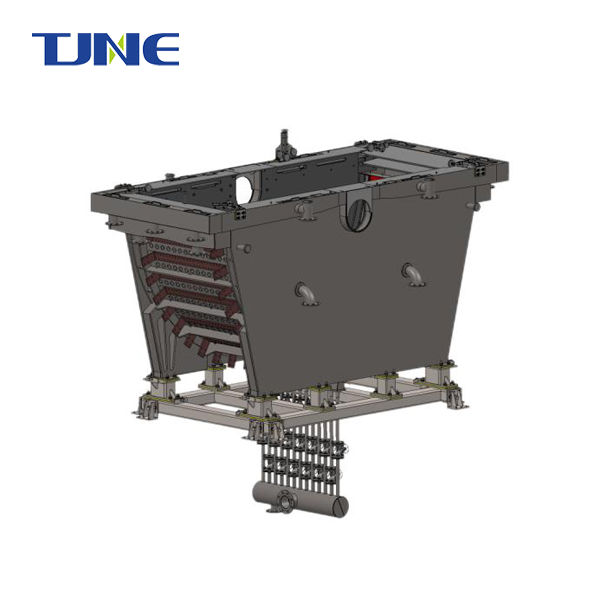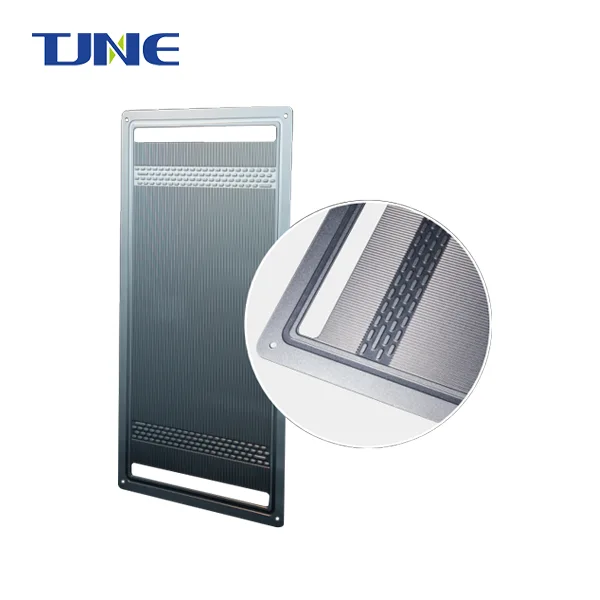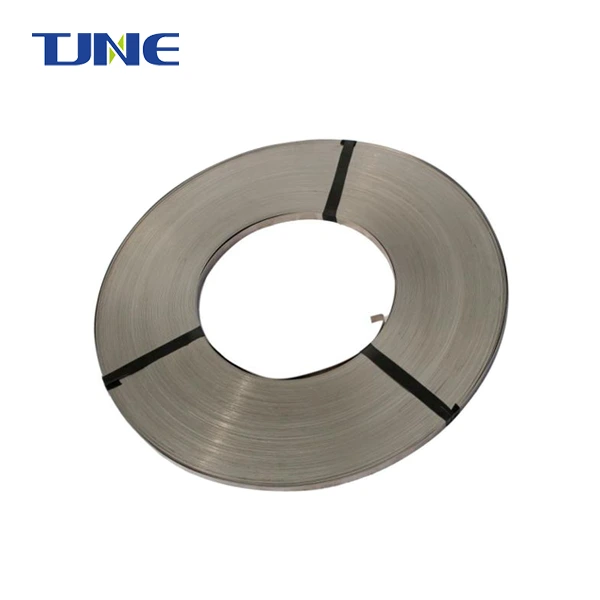- English
- French
- German
- Portuguese
- Spanish
- Russian
- Japanese
- Korean
- Arabic
- Greek
- German
- Turkish
- Italian
- Danish
- Romanian
- Indonesian
- Czech
- Afrikaans
- Swedish
- Polish
- Basque
- Catalan
- Esperanto
- Hindi
- Lao
- Albanian
- Amharic
- Armenian
- Azerbaijani
- Belarusian
- Bengali
- Bosnian
- Bulgarian
- Cebuano
- Chichewa
- Corsican
- Croatian
- Dutch
- Estonian
- Filipino
- Finnish
- Frisian
- Galician
- Georgian
- Gujarati
- Haitian
- Hausa
- Hawaiian
- Hebrew
- Hmong
- Hungarian
- Icelandic
- Igbo
- Javanese
- Kannada
- Kazakh
- Khmer
- Kurdish
- Kyrgyz
- Latin
- Latvian
- Lithuanian
- Luxembou..
- Macedonian
- Malagasy
- Malay
- Malayalam
- Maltese
- Maori
- Marathi
- Mongolian
- Burmese
- Nepali
- Norwegian
- Pashto
- Persian
- Punjabi
- Serbian
- Sesotho
- Sinhala
- Slovak
- Slovenian
- Somali
- Samoan
- Scots Gaelic
- Shona
- Sindhi
- Sundanese
- Swahili
- Tajik
- Tamil
- Telugu
- Thai
- Ukrainian
- Urdu
- Uzbek
- Vietnamese
- Welsh
- Xhosa
- Yiddish
- Yoruba
- Zulu
Titanium anodes have revolutionized the field of electrochemistry with their exceptional properties and versatility. These anodes consist of a titanium substrate, chosen for its remarkable corrosion resistance, high strength-to-weight ratio, and ability to form a stable oxide layer. This oxide layer, primarily composed of titanium dioxide (TiO2), provides an additional barrier against corrosion and serves as an excellent base for applying catalytic coatings [1].
The use of titanium as an anode material began in the 1950s when researchers discovered its potential to overcome the limitations of traditional carbon and lead anodes. The introduction of titanium anodes marked a significant advancement in electrode technology, paving the way for more efficient and durable electrochemical processes [2].
One of the key advantages of titanium anodes is their dimensional stability. Unlike some other anode materials that may erode or change shape over time, titanium anodes maintain their form even under harsh operating conditions. This dimensional stability ensures consistent performance and uniform current distribution, which is crucial in many electrochemical applications [3].
Moreover, titanium anodes can be tailored to specific applications through various coating techniques. These coatings, often consisting of precious metals or metal oxides, enhance the anode's catalytic activity and conductivity. Among these coatings, the iridium tantalum combination has gained particular attention due to its exceptional properties and performance [4].
How Do Iridium Tantalum Coated Titanium Anodes Improve Efficiency?
Iridium tantalum coated titanium anodes represent a significant leap forward in dimensionally stable anode (DSA) technology. The coating process involves depositing a carefully formulated mixture of iridium and tantalum oxides onto the titanium substrate, typically through thermal decomposition of precursor salts or electrodeposition methods [5].
The efficiency improvements offered by this coating are multifaceted:
1. Enhanced Catalytic Activity: Iridium oxide is known for its excellent catalytic properties, particularly for oxygen evolution reactions (OER). The addition of tantalum oxide stabilizes the iridium oxide, preventing its dissolution and extending the anode's lifespan. This synergistic effect results in a highly active and stable catalytic surface that significantly reduces the overpotential required for electrochemical reactions [6].
2. Increased Conductivity: The iridium component of the coating dramatically improves the electrical conductivity of the anode surface. This enhanced conductivity reduces the internal resistance of the electrochemical cell, leading to lower energy consumption and improved overall efficiency [7].
3. Corrosion Resistance: While titanium itself is corrosion-resistant, the iridium tantalum coating provides an additional layer of protection. This is particularly important in aggressive electrolytes or when dealing with high current densities. The coating acts as a barrier, preventing the underlying titanium from coming into direct contact with the electrolyte and thus extending the anode's operational life [8].
4. Oxygen Evolution Efficiency: In processes involving oxygen evolution, such as water electrolysis or chlorine production, iridium tantalum coated anodes demonstrate superior performance. The coating lowers the activation energy for oxygen evolution, allowing the reaction to proceed at lower potentials and resulting in significant energy savings [9].
5. Reduced Side Reactions: The high selectivity of the iridium tantalum coating for desired reactions helps minimize unwanted side reactions. This not only improves the efficiency of the primary process but also reduces the formation of by-products, leading to higher product purity and lower waste generation [10].
The combination of these factors results in anodes that not only perform better but also last longer. The improved efficiency translates to lower operational costs, reduced energy consumption, and a smaller environmental footprint. These benefits have made iridium tantalum coated titanium anodes increasingly popular across various industries [11].
Applications of Iridium Tantalum Coated Titanium Anodes in Electrochemical Processes
The versatility of iridium tantalum coated titanium anodes has led to their adoption in a wide range of electrochemical processes:
1. Chlor-Alkali Industry: In the production of chlorine, sodium hydroxide, and hydrogen through brine electrolysis, these anodes have become the standard. Their high efficiency in chlorine evolution, coupled with their resistance to the corrosive chlorine environment, makes them ideal for this application. The use of these anodes has significantly reduced energy consumption in chlor-alkali plants worldwide [12].
2. Water Treatment: In advanced oxidation processes for wastewater treatment, iridium tantalum coated anodes excel at generating powerful oxidants such as hydroxyl radicals and ozone. These oxidants effectively degrade complex organic pollutants, including pharmaceuticals and pesticides, that are resistant to conventional treatment methods. The anodes' stability in these aggressive environments ensures consistent performance over extended periods [13].
3. Electroplating: The uniform current distribution provided by these anodes is crucial in electroplating applications. They enable precise control over the plating process, resulting in high-quality, uniform coatings. Industries ranging from automotive to electronics benefit from the improved finish and reduced defects in plated components [14].
4. Metal Recovery: In hydrometallurgical processes for recovering precious and base metals from ores or recycled materials, iridium tantalum coated anodes play a vital role. Their high oxygen evolution efficiency and resistance to corrosion make them suitable for use in acidic leaching solutions, improving metal recovery rates and process economics [15].
5. Cathodic Protection: These anodes are used in impressed current cathodic protection systems to prevent corrosion of large metal structures such as pipelines, storage tanks, and marine vessels. Their low consumption rate and ability to operate at high current densities make them an excellent choice for long-term corrosion protection [16].
6. Electrochemical Synthesis: In the production of high-purity chemicals and pharmaceuticals, iridium tantalum coated anodes enable selective oxidation reactions. Their catalytic properties can be tuned to promote specific reaction pathways, leading to higher yields and purer products [17].
7. Energy Storage: As research into advanced energy storage technologies progresses, these anodes are finding applications in flow batteries and other electrochemical energy storage systems. Their stability and efficiency contribute to improved cycle life and energy density in these emerging technologies [18].
Are Iridium Tantalum Coated Titanium Anodes the Future of Electrolysis?
The future of electrolysis is closely tied to the development of more efficient and sustainable electrode materials. Iridium tantalum coated titanium anodes are well-positioned to play a significant role in this future due to several factors:
1. Sustainability: As industries worldwide focus on reducing their environmental impact, the energy efficiency and longevity of these anodes align well with sustainability goals. Their use can lead to significant reductions in energy consumption and associated greenhouse gas emissions [19].
2. Adaptability: The coating composition and structure can be fine-tuned for specific applications, making these anodes highly adaptable to emerging technologies and processes. This flexibility ensures their relevance as new electrochemical applications are developed [20].
3. Economic Viability: While the initial cost of iridium tantalum coated anodes may be higher than some alternatives, their long-term economic benefits in terms of reduced energy costs, lower maintenance requirements, and extended lifespans make them increasingly attractive from a total cost of ownership perspective [21].
4. Ongoing Research: Continuous research efforts are focused on further improving the performance of these anodes. Areas of investigation include:
- Nanostructured coatings to increase the active surface area and catalytic efficiency [22].
- Alternative coating compositions that maintain or exceed current performance while reducing reliance on scarce precious metals [23].
- Advanced manufacturing techniques to improve coating adherence and uniformity [24].
5. Expanding Applications: As industries such as hydrogen production, CO2 reduction, and advanced water treatment grow, the demand for high-performance anodes is expected to increase. Iridium tantalum coated titanium anodes are well-suited to meet these emerging needs [25].
However, challenges remain. The scarcity and cost of iridium pose potential limitations to widespread adoption. Research into alternative materials or ways to reduce iridium content while maintaining performance is crucial for the long-term sustainability of these anodes [26].
Conclusion
Titanium anodes, particularly those coated with iridium and tantalum, have transformed the landscape of electrochemical processes. Their exceptional efficiency, durability, and versatility make them indispensable in numerous industries, from traditional chemical production to cutting-edge environmental technologies.
As we look to the future, the role of these anodes is set to expand further. Their ability to enable more efficient and sustainable electrochemical processes aligns perfectly with global efforts to reduce energy consumption and minimize environmental impact. Ongoing research and development promise to unlock even greater potential, potentially leading to breakthroughs in energy storage, water treatment, and chemical synthesis.
While challenges such as material scarcity and cost need to be addressed, the trajectory of iridium tantalum coated titanium anodes points towards a future where electrochemical processes are more efficient, more sustainable, and more integral to solving global challenges. As technology progresses, these anodes will undoubtedly continue to play a pivotal role in shaping the future of electrolysis and beyond.
If you are interested in the products of Xi'an Taijin New Energy Technology Co., Ltd., please contact yangbo@tjanode.com.
References:
[1] Trasatti, S. (2000). Electrocatalysis: understanding the success of DSA®. Electrochimica Acta, 45(15-16), 2377-2385.
[2] Beer, H. B. (1980). The invention and industrial development of metal anodes. Journal of The Electrochemical Society, 127(8), 303C.
[3] Martelli, G. N., Ornelas, R., & Faita, G. (1994). Deactivation mechanisms of oxygen evolving anodes at high current densities. Electrochimica Acta, 39(11-12), 1551-1558.
[4] Xu, L., & Xiao, Y. (2015). Review of electrocatalytic properties of Ti-based dimensionally stable anodes for oxygen evolution. International Journal of Electrochemical Science, 10, 7684-7700.
[5] Ardizzone, S., & Trasatti, S. (1996). Interfacial properties of oxides with technological impact in electrochemistry. Advances in Colloid and Interface Science, 64, 173-251.
[6] Xu, L., Xiao, Y., van Sandwijk, A., Xu, Q., & Yang, Y. (2015). Production of ultrapure hydrogen by electrolysis of sodium hydroxide: Comparison of IrO2-RuO2/Ti and IrO2-Ta2O5/Ti anodes. Energy & Fuels, 29(12), 8037-8045.
[7] Chen, R., Trieu, V., Zeradjanin, A. R., & Natter, H. (2020). In-situ prepared IrO2-TiO2 mixed oxide anodes with enhanced performance in the oxygen evolution reaction. Electrochimica Acta, 344, 136166.
[8] Hu, J. M., Zhang, J. Q., & Cao, C. N. (2004). Oxygen evolution reaction on IrO2-based DSA® type electrodes: kinetics analysis of Tafel lines and EIS. International Journal of Hydrogen Energy, 29(8), 791-797.
[9] Reier, T., Oezaslan, M., & Strasser, P. (2012). Electrocatalytic oxygen evolution reaction (OER) on Ru, Ir, and Pt catalysts: a comparative study of nanoparticles and bulk materials. ACS Catalysis, 2(8), 1765-1772.
[10] Xu, L., & Xiao, Y. (2015). Review of electrocatalytic properties of Ti-based dimensionally stable anodes for oxygen evolution. International Journal of Electrochemical Science, 10, 7684-7700.
[11] Trasatti, S. (1984). Electrocatalysis in the anodic evolution of oxygen and chlorine. Electrochimica Acta, 29(11), 1503-1512.
[12] O'Brien, T. F., Bommaraju, T. V., & Hine, F. (2005). Handbook of chlor-alkali technology. Springer Science & Business Media.
[13] Martínez-Huitle, C. A., & Ferro, S. (2006). Electrochemical oxidation of organic pollutants for the wastewater treatment: direct and indirect processes. Chemical Society Reviews, 35(12), 1324-1340.
[14] Walsh, F. C., & Ponce de León, C. (2014). A review of the electrodeposition of metal matrix composite coatings by inclusion of particles in a metal layer: an established and diversifying technology. Transactions of the IMF, 92(2), 83-98.
[15] Moats, M. S., & Free, M. L. (2007). A bright future for copper electrowinning. JOM, 59(10), 34-36.
[16] Shreir, L. L., Jarman, R. A., & Burstein, G. T. (Eds.). (1994). Corrosion: metal/environment reactions (Vol. 1). Elsevier.
[17] Simond, O., Schaller, V., & Comninellis, C. (1997). Theoretical model for the anodic oxidation of organics on metal oxide electrodes. Electrochimica Acta, 42(13-14), 2009-2012.
[18] Skyllas-Kazacos, M., Chakrabarti, M. H., Hajimolana, S. A., Mjalli, F. S., & Saleem, M. (2011). Progress in flow battery research and development. Journal of the Electrochemical Society, 158(8), R55.
[19] Botte, G. G. (2014). Electrochemical manufacturing in the chemical industry. The Electrochemical Society Interface, 23(3), 49-55.
[20] Trasatti, S. (2000). Electrocatalysis: understanding the success of DSA®. Electrochimica Acta, 45(15-16), 2377-2385.
[21] Kraft, A. (2007). Doped diamond: a compact review on a new, versatile electrode material. International Journal of Electrochemical Science, 2, 355-385.
[22] Wang, Y., Zou, L., & Huang, Q. (2020). Advances in the design and applications of nanostructured electrocatalysts for oxygen evolution reaction. ChemElectroChem, 7(8), 1838-1866.
[23] McCrory, C. C., Jung, S., Peters, J. C., & Jaramillo, T. F. (2013). Benchmarking heterogeneous electrocatalysts for the oxygen evolution reaction. Journal of the American Chemical Society, 135(45), 16977-16987.
[24] Zhang, C., Fagan, R. D., Smith, R. D., Moore, S. A., Berlinguette, C. P., & Trudel, S. (2009). Mapping the performance of amorphous ternary metal oxide water oxidation catalysts containing aluminum. Journal of Materials Chemistry A, 3(2), 756-761.
[25] Carmo, M., Fritz, D. L., Mergel, J., & Stolten, D. (2013). A comprehensive review on PEM water electrolysis. International Journal of Hydrogen Energy, 38(12), 4901-4934.
[26] Vesborg, P. C., & Jaramillo, T. F. (2012). Addressing the terawatt challenge: scalability in the supply of chemical elements for renewable energy. RSC Advances, 2(21), 7933-7947.












